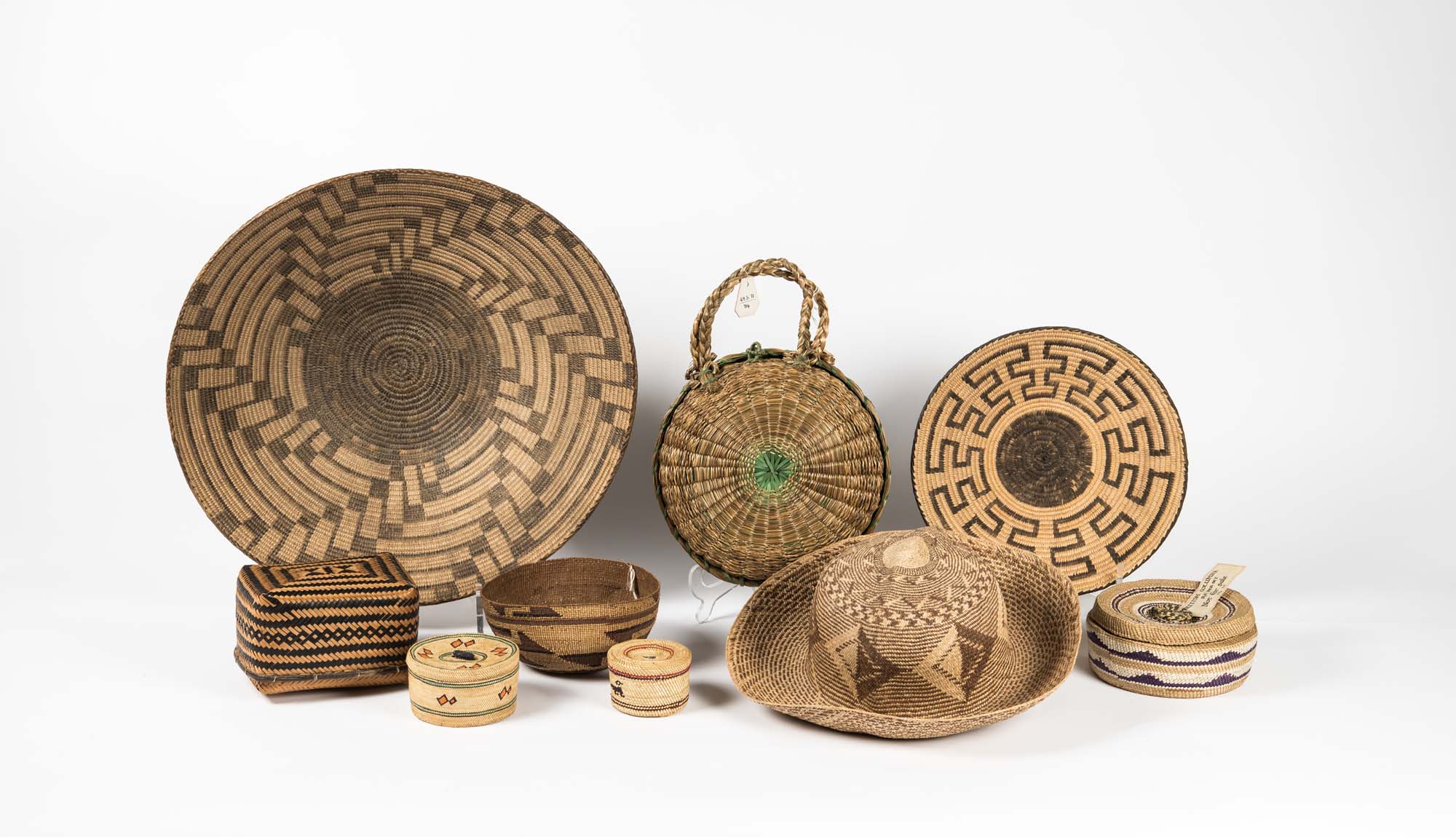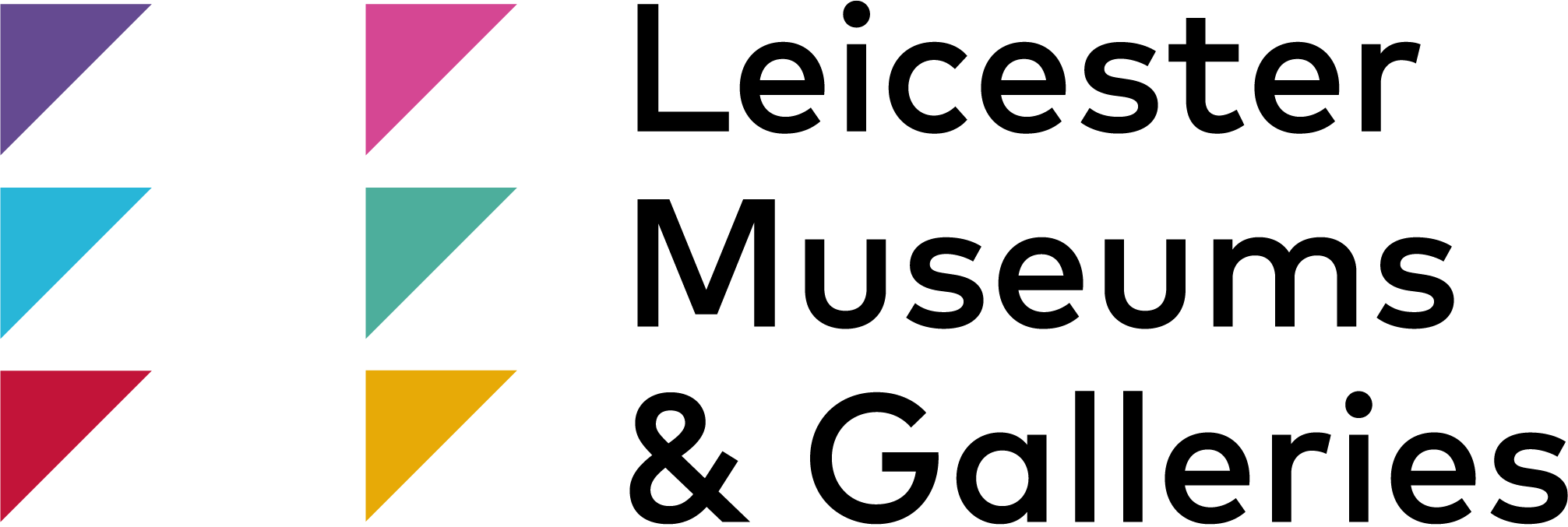Inspired by the Natural World
Peach was fascinated by ethnographic studies of the culture of the American Southwest. He kept books by George Wharton James, a lecturer, photographer, and writer interested in the region. These included such titles as Poetry and symbolism of Indian basketry, and Indian baskets and how to make Indian and other baskets. Illustrated with numerous photographs of baskets and their designs, these books informed Peach about the art of basket-making in the American Southwest.
The craze for collecting Native American Southwest baskets first developed in the 1890s, and by Peach’s time had flourished into an international market. Basket-making became a way for native craftspeople to enter the cash economy, and talented basket-makers produced objects for collectors and tourists. While utilitarian baskets were made by both men and women, decorated and fine baskets were only made by women, with patterns often being passed down through female kin-groups.

A selection of basketry from the American Southwest.
Makers combined design elements to create patterns inspired by the natural world, from sky constellations to mountains, and stylised animals. Collectors like Peach were fascinated by these handmade objects because they were so different to mechanised production, and to collectors’ eyes, recalled a lost past.
During a trip to Tucson, Arizona, Peach purchased two baskets. One was made by the Akimel O'odham people, also known as the Pima, who remain famous for their exquisite textiles. The other was described as “modern weave” by a dealer at no. 86, East Broadway Boulevard. Peach also purchased vegetable fibres to display in the Dryad Handicrafts Showroom in order to demonstrate both raw materials and the making process.
